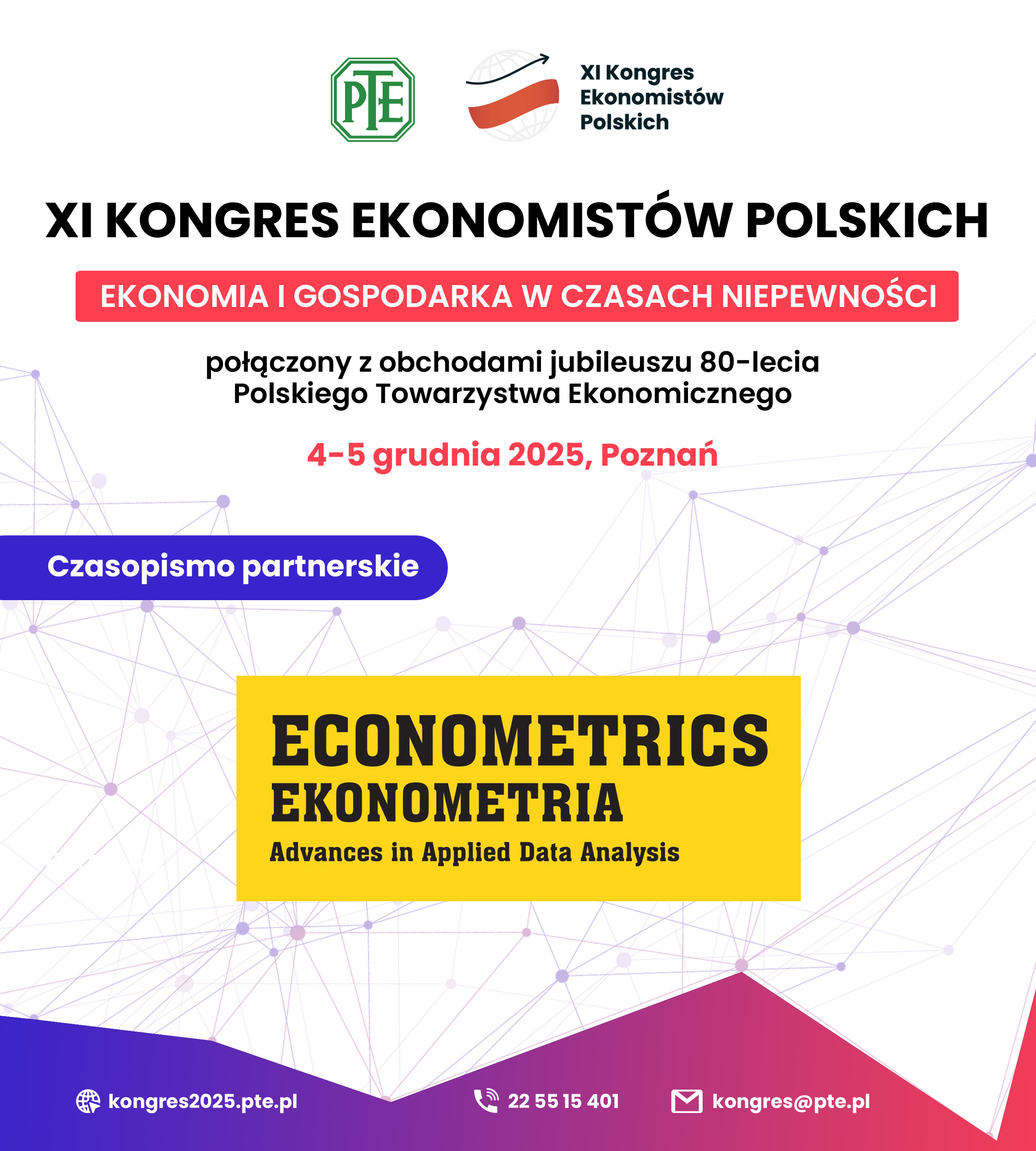Pet Goods Consumption in Polish Households
Abstract
This paper expands the considerations of Becker's and Leibenstein's family theories with a focus on the additional member of the household (pet/animal) in the analysis of consumption. It is the first analytical approach regarding pet goods consumption with references to microeconomic theories based on Polish data. The study analyses the households' characteristics that have an impact on expenditure on pet goods. This article used the Polish Household Budget Surveys for 2018. The findings from the logistic regression models suggest that the household's socio-economic group, place of living, children in household and whether the household rents the flat/accommodation impact on determining the probability of owning a pet among Polish house-holds; analyses of interactions between significant variables were also conducted. However, the human-animal bond could not be included in analysis, which is a limitation, the overall work is pioneering, as it shows the quantitative approach to household economy that highlights the need to elaborate the economic family theories of Becker and Leibenstein by a new family member - a pet.(orginal abstract)Downloads
Download data is not yet available.
Downloads
Published
2022-01-30
Issue
Section
Articles
License
Copyright (c) 2022 Natalia Gromek

This work is licensed under a Creative Commons Attribution-ShareAlike 4.0 International License.








